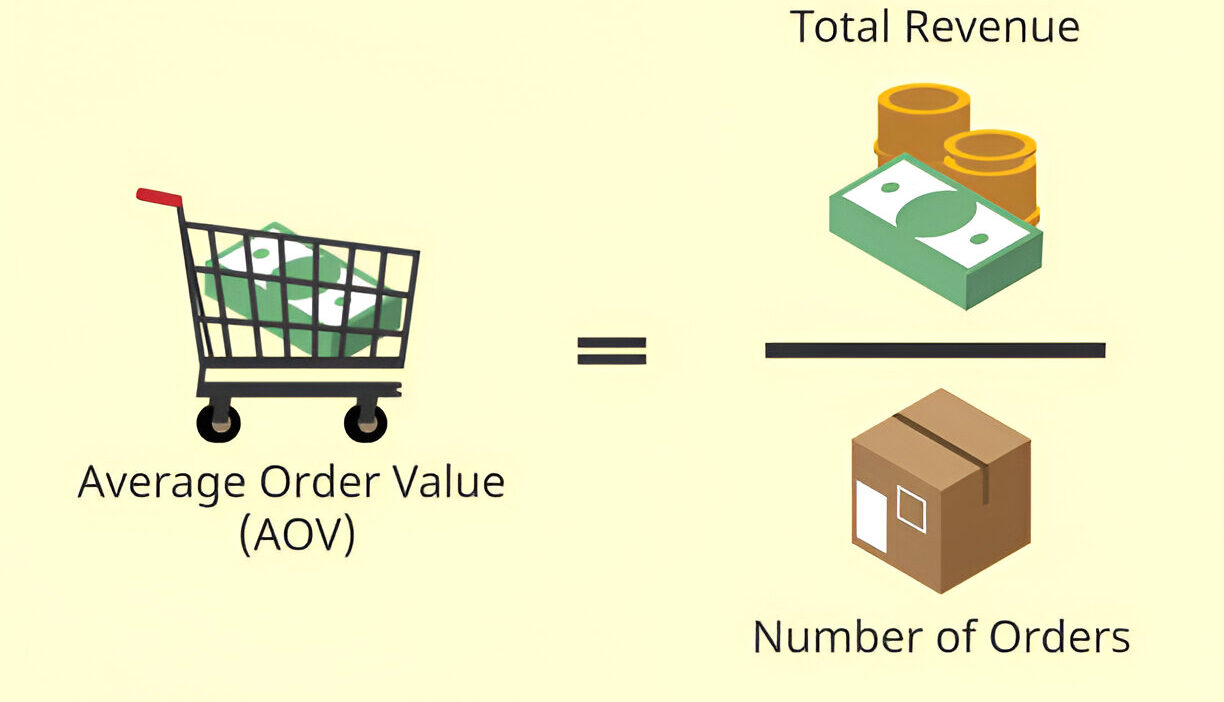Setting up an online store is an exciting venture that offers tremendous opportunities. However, creating a store that generates consistent revenue and long-term profit requires careful planning and the right strategies.
With the right tools, resources, and mindset, you can build a profitable online business that attracts customers and maximises sales.
Step 1: Choose the Right E-Commerce Platform
The first step in setting up your online store is selecting the right e-commerce platform. This platform will act as the foundation for your entire business, so it’s important to choose one that suits your needs and future goals. Some of the most popular e-commerce platforms include:
- Shopify: Known for its user-friendly interface and scalable features, Shopify is perfect for both beginners and established businesses.
- WooCommerce: Ideal for businesses already using WordPress, WooCommerce is highly customisable and cost-effective.
- BigCommerce: A comprehensive platform that offers a variety of features for businesses of all sizes.
- Wix eCommerce: Great for smaller businesses, Wix offers easy drag-and-drop website building.
When choosing your platform, consider factors such as ease of use, customisation options, payment integrations, and scalability.
Step 2: Design Your Store for a Positive User Experience
The design of your online store is crucial to its success. A well-designed store ensures that your customers can easily find what they’re looking for, which increases the chances of a sale. Here are some design tips for creating a user-friendly online store:
- Simple Navigation: Make it easy for customers to browse your products by categorising them logically.
- Mobile Optimisation: Ensure that your store looks great and works well on mobile devices, as more people are shopping on smartphones.
- High-Quality Images: Use clear, high-resolution images that showcase your products in the best light. Include multiple angles and zoom-in options.
- Clear Call-to-Actions: Make it easy for customers to add products to their cart, proceed to checkout, or ask questions with visible and straightforward buttons.
A great user experience encourages customers to spend more time on your site and increases the likelihood of them making a purchase.
Step 3: Set Up Secure Payment Methods
To build trust with your customers, offering secure and reliable payment options is essential. Most e-commerce platforms support various payment gateways, such as PayPal, Stripe, and credit card processors. Some also offer the option to integrate mobile payments like Apple Pay or Google Pay.
Step 4: Optimise Your Product Listings for SEO
Search engine optimisation (SEO) plays a vital role in getting your products found online. When your store ranks high in search engines like Google, you’ll attract more organic traffic, which can lead to increased sales. To optimise your product listings, follow these steps:
- Use Keywords: Research keywords that potential customers are searching for and incorporate them into your product titles, descriptions, and tags.
- Write Compelling Descriptions: Include key details about the product’s features and benefits. Highlight what sets your products apart from the competition.
- Optimise Product Images: Use descriptive alt text for your images so search engines can index them. This can improve your visibility in search results.
SEO is a long-term strategy, but consistently applying best practices will help you drive traffic and improve your sales over time.
Step 5: Implement a Smart Pricing Strategy
Pricing is one of the most critical factors that influence purchasing decisions. Setting the right price for your products is essential to remain competitive while still making a profit. A smart pricing strategy should take into account factors such as production costs, competitor pricing, and market demand.
If you’re selling on Amazon, you can use an Amazon repricer to adjust your product prices automatically in real time based on competitor prices. This tool ensures that your products are competitively priced and increases your chances of winning the Buy Box, which can lead to more sales.
Step 6: Set Up a Smooth Shipping Process
Shipping is a critical element of customer satisfaction. The quicker and more affordable your shipping options, the more likely customers will return to your store. There are a few key considerations when setting up your shipping process:
- Shipping Methods: Offer a variety of shipping options, such as standard, expedited, and free shipping (if possible). If you offer free shipping, consider incorporating the cost into the price of your products.
- International Shipping: If you want to reach global customers, set up international shipping and clearly state the costs and delivery times on your site.
- Shipping Integrations: Use a shipping tool that integrates with your e-commerce platform to automate label printing, tracking, and order fulfilment. Services like ShipBob and ShipStation can simplify this process.
By offering transparent and reliable shipping options, you can create a better experience for your customers, which may lead to repeat business and higher customer retention rates.
Step 7: Promote Your Store with Effective Marketing Strategies
Driving traffic to your online store is crucial to generating sales. A well-executed marketing strategy can significantly increase your visibility and attract potential customers. Here are some marketing strategies to consider:
- Social Media Marketing: Promote your products on social media platforms like Facebook, Instagram, and Pinterest. Use ads and organic posts to engage with your audience and increase brand awareness.
- Email Marketing: Collect email addresses from your customers and create campaigns that inform them about sales, promotions, and new products.
- Content Marketing: Start a blog or create video content that educates and informs your audience about your products and industry. This can help attract organic traffic to your store.
By implementing a combination of these strategies, you can drive more traffic to your store and build brand recognition.
By following these steps and continually optimising your store, you’ll be well on your way to running a profitable online business that attracts customers and generates sustainable revenue.



